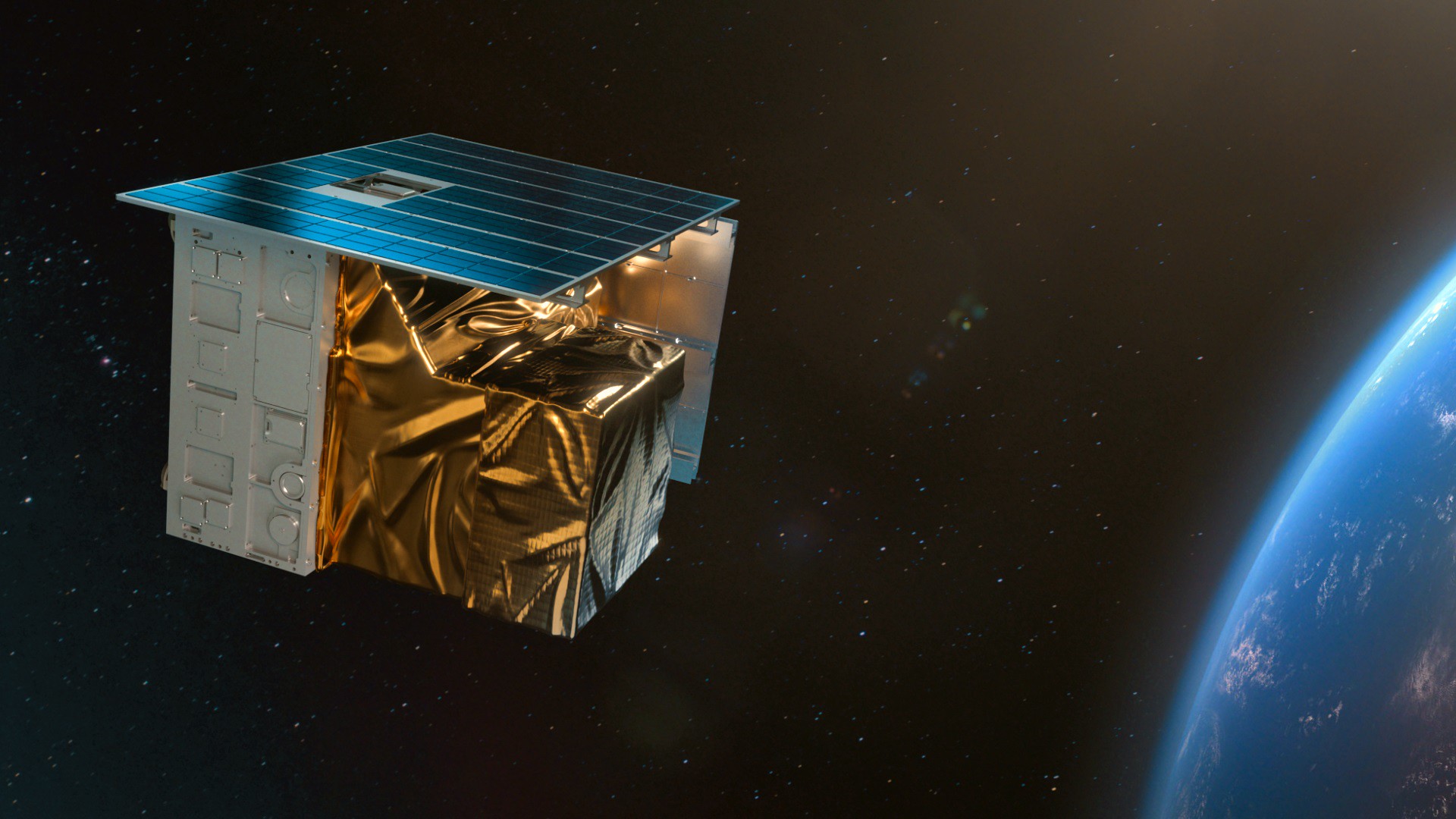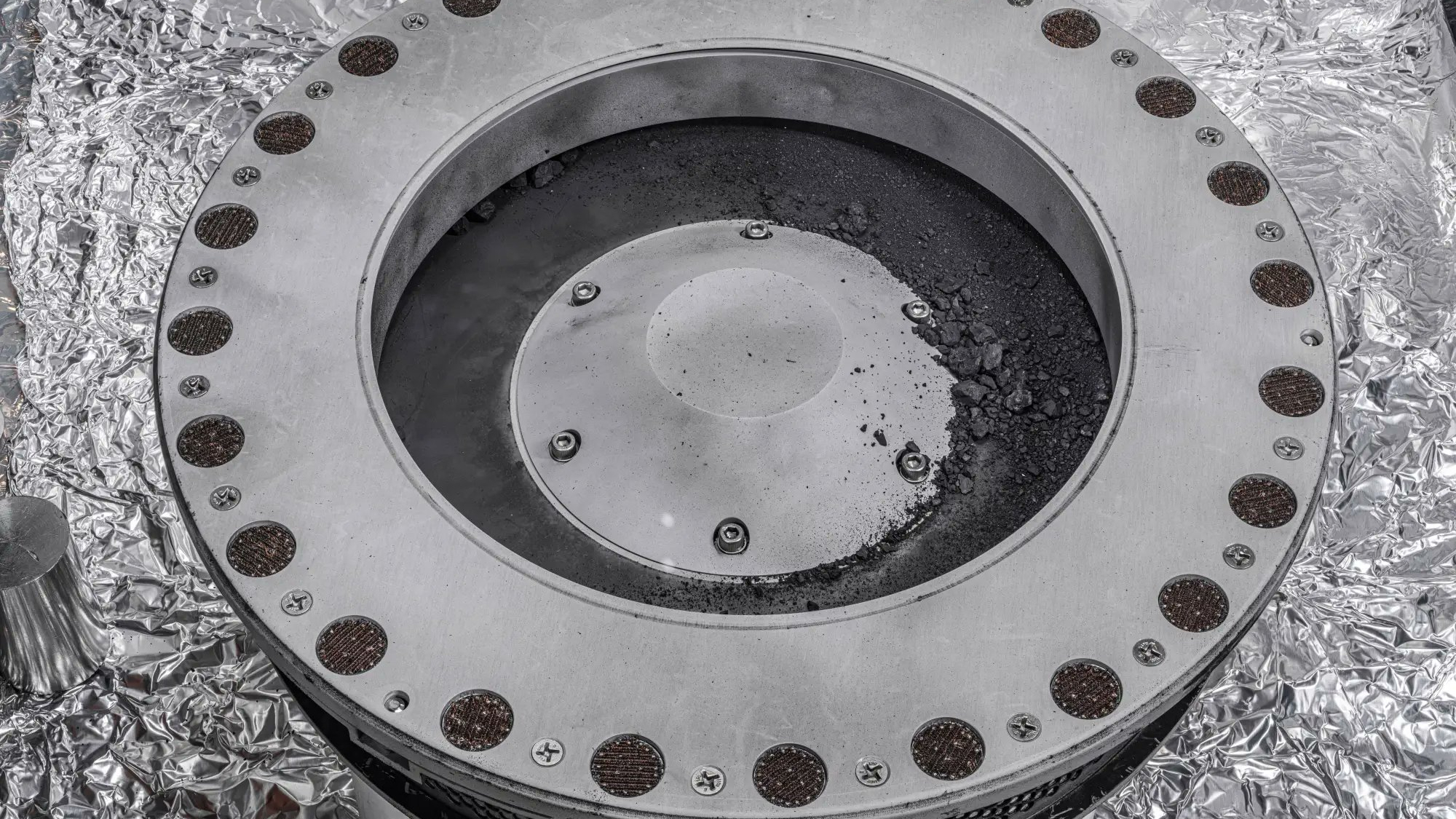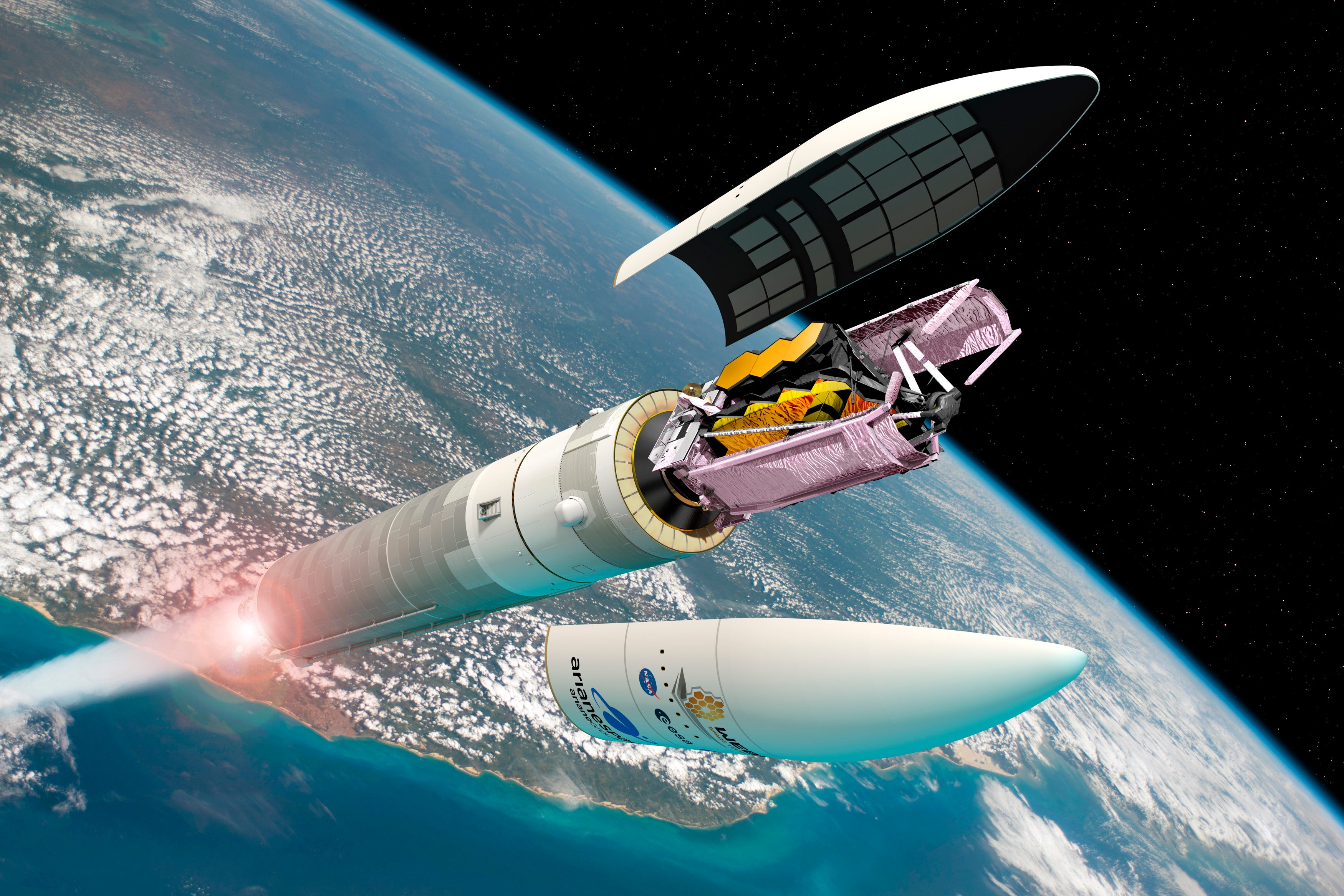Update: The Falcon 9 lifted off at 11:58 p.m. EDT (0358 UTC). The first stage booster successfully completed its record-breaking 16th mission, lofting the Falcon 9 second stage and its payload of Starlink satellites, before landing on a drone ship Just Read the Instructions in the Atlantic. The second stage mission was completed a little over an hour after launch with deployment of the 22 second-generation Starlink satellites.
” alt>
SpaceX will test the limits of its reusable Falcon 9 rocket on Sunday evening when it launches a booster on a record-breaking 16th flight. The launch was originally scheduled before dawn on Sunday but SpaceX opted to target a rare 12-hour-later backup opportunity in the evening, 13 minutes after sunset, it then further delayed the launch to just over a minute before midnight for unspecified reasons. The Falcon 9 is now scheduled to liftoff from Cape Canaveral at 11:58 p.m. EDT (0358 UTC Monday) with the fifth batch of second-generation Starlink satellites.
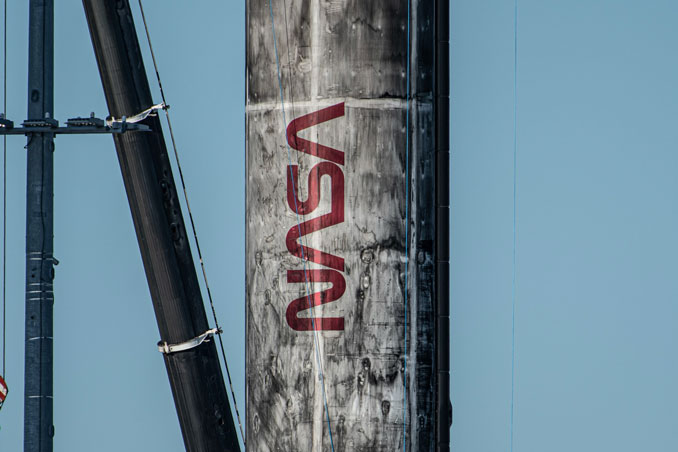
The booster, tail number 1058, made its historic debut on May 20, 2020, carrying the first astronauts to ride atop a Falcon 9 aboard the Crew Dragon capsule Endeavour. The first stage is distinctive in the SpaceX fleet as it is the only one to display a red NASA ‘worm’ logo on its fuselage. It went on to fly 14 more times, including the launches of South Korea’s Anasis 2 military communications satellite, a space station cargo delivery run, two Transporter ride-share missions and ten batches of Starlink satellites. With 15 flights already accomplished, it is the joint fleet leader with booster 1060.
Originally, the company hoped to reuse each Falcon 9 first stage 10 times.
“We got to 10 [flights] and the vehicles were still looking really good, so we started the effort to qualify for 15,” Jon Edwards, SpaceX vice president of Falcon launch vehicles and Falcon engineering, told the trade publication Aviation Week & Space Technology in an interview last year.
SpaceX is now further pushing the envelope by going beyond the previously certified limit of 15 flights. It has been over 200 days since booster 1058 last flew. During that time it is likely SpaceX conducted extensive inspections and refurbishment work to clear the rocket for additional launches.
For its 16th ride to space, booster 1058 will carry 22 second-generation Starlink ‘V2 mini’ satellites into orbit, on a mission designated Starlink 6-5.
After lifting off from Space Launch Complex 40 at Cape Canaveral Space Force Station it will head south-east, targeting an orbit inclined at 43 degrees to the equator. After separating from the second stage about two and a half minutes into flight, booster 1058 will arc downrange for a landing on the drone ship Just Read the Instructions, which will be stationed in the Atlantic east of the Bahamas.
Two burns of the second stage will be required to place the satellites into the required 323 by 315 km orbit. Separation of the 22 satellites is scheduled to occur just over an hour into the flight.
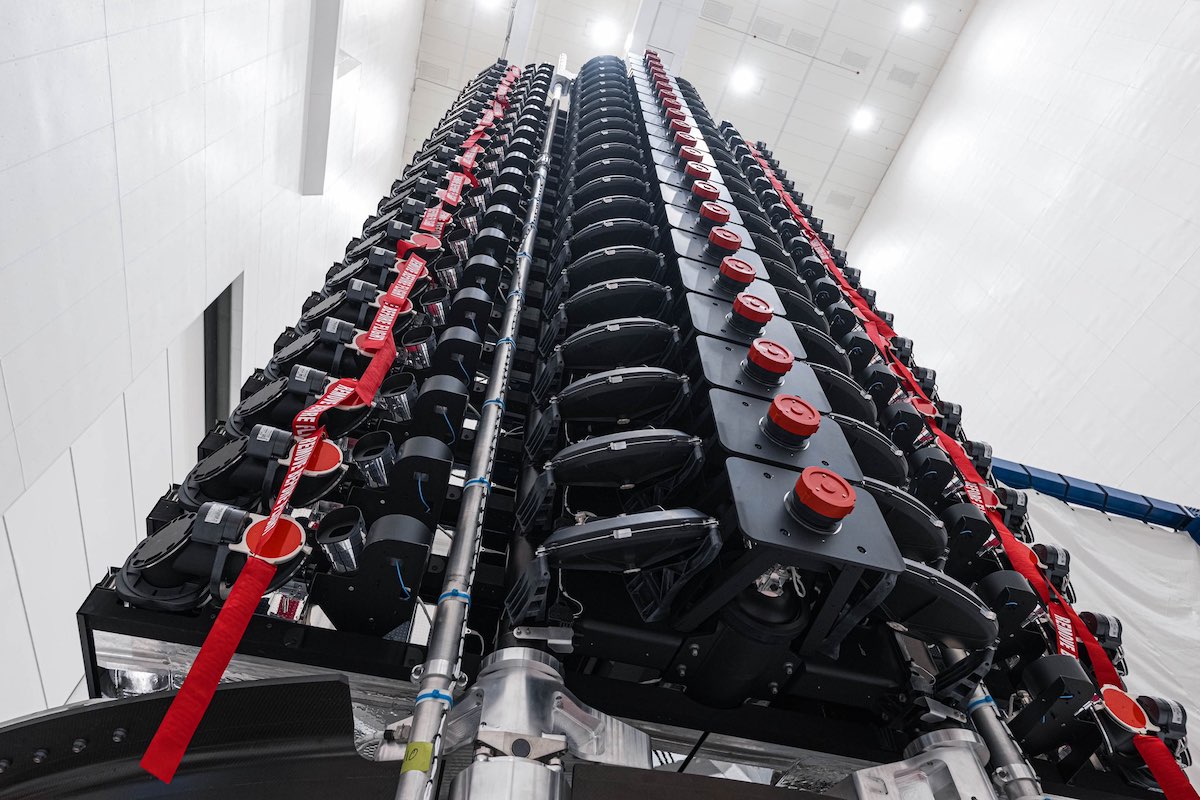
It will be the fifth launch of the so-called V2 mini satellites which are larger and have four times the bandwidth of the previous models. The full-sized V2 Starlink satellites are due to be launched by SpaceX’s fully-reusable Starship vehicle but the delayed debut of Starship led SpaceX to create a condensed version of the satellites so they could be launched on Falcon 9.
According to statistics compiled by Jonathan McDowell, an astronomer and widely-respected expert on spaceflight activity, this mission will bring the total number of Starlink spacecraft launched to 4,768, and the number of Starlink satellites currently in orbit to 4,435.
In early May, SpaceX announced it had 1.5 million subscribers to Starlink. The internet service is available in more than 56 countries.
Note: This article have been indexed to our site. We do not claim legitimacy, ownership or copyright of any of the content above. To see the article at original source Click Here








